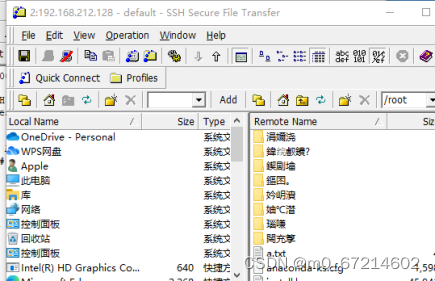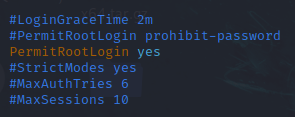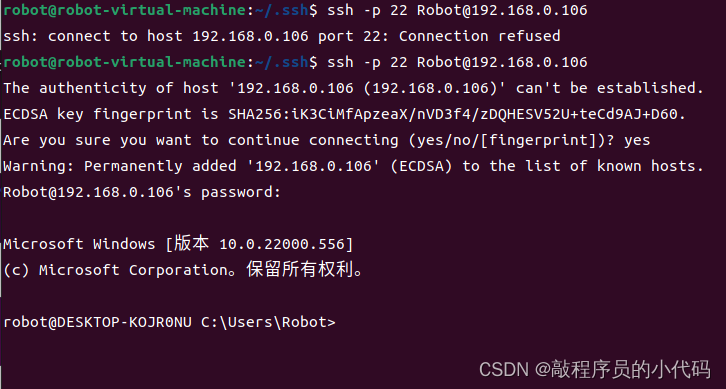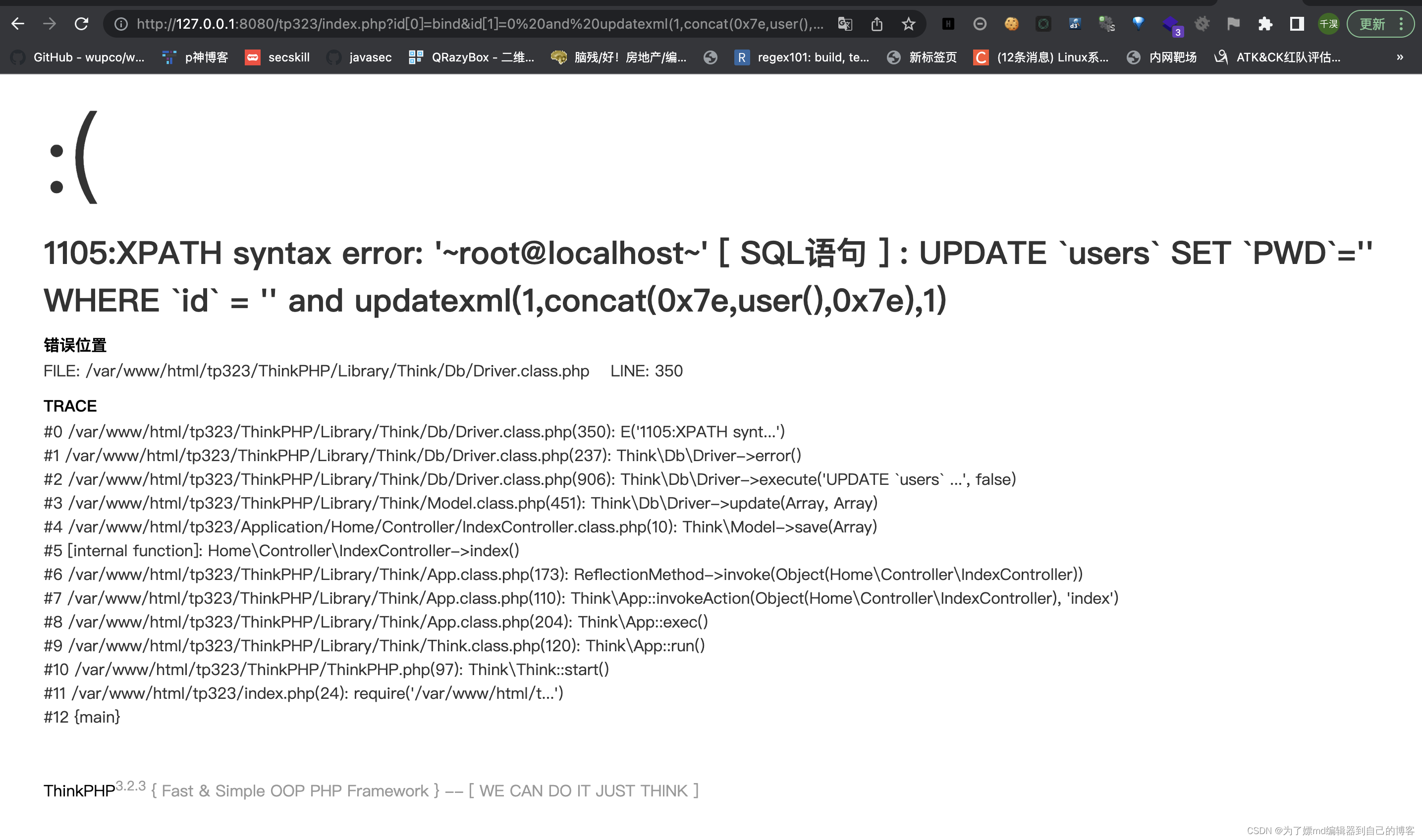有些工作在linux下完成就是比在windows下完成高效!
windows和linux都有tree命令,主要功能是创建文件列表,将所有文件以树的形式列出来
windows下的tree比较垃圾,只有两个参数,/F 是递归显示每个文件夹的名称;/A 是使用ASCII字符而不是扩展字符,感觉还不如不加/A 参数好。
linux下的tree就比较强大了,但一般系统并不自带这个命令,需要手动下载安装:sudo apt-get install tree 。文件很小,只有31K,但功能可强大了!
tree命令的参数解释,摘自http://www.linuxso.com/command/tree.html
-a 显示所有文件和目录。
-A 使用ASNI绘图字符显示树状图而非以ASCII字符组合。
-C 在文件和目录清单加上色彩,便于区分各种类型。
-d 显示目录名称而非内容。
-D 列出文件或目录的更改时间。
-f 在每个文件或目录之前,显示完整的相对路径名称。
-F 在执行文件,目录,Socket,符号连接,管道名称名称,各自加上"*","/","=","@","|"号。
-g 列出文件或目录的所属群组名称,没有对应的名称时,则显示群组识别码。
-i 不以阶梯状列出文件或目录名称。
-I 不显示符合范本样式的文件或目录名称。
-l 如遇到性质为符号连接的目录,直接列出该连接所指向的原始目录。
-n 不在文件和目录清单加上色彩。
-N 直接列出文件和目录名称,包括控制字符。
-p 列出权限标示。
-P 只显示符合范本样式的文件或目录名称。
-q 用"?"号取代控制字符,列出文件和目录名称。
-s 列出文件或目录大小。
-t 用文件和目录的更改时间排序。
-u 列出文件或目录的拥有者名称,没有对应的名称时,则显示用户识别码。
-x 将范围局限在现行的文件系统中,若指定目录下的某些子目录,其存放于另一个文件系统上,则将该子目录予以排除在寻找范围外。上面列的不怎么全,完整的帮助信息是这样的:
usage: tree [-adfghilnpqrstuvxACDFNS] [-H baseHREF] [-T title ] [-L level [-R]][-P pattern] [-I pattern] [-o filename] [--version] [--help] [--inodes][--device] [--noreport] [--nolinks] [--dirsfirst] [--charset charset][--filelimit #] [<directory list>]-a All files are listed.-d List directories only.-l Follow symbolic links like directories.-f Print the full path prefix for each file.-i Don't print indentation lines.-q Print non-printable characters as '?'.-N Print non-printable characters as is.-p Print the protections for each file.-u Displays file owner or UID number.-g Displays file group owner or GID number.-s Print the size in bytes of each file.-h Print the size in a more human readable way.-D Print the date of last modification.-F Appends '/', '=', '*', or '|' as per ls -F.-v Sort files alphanumerically by version.-r Sort files in reverse alphanumeric order.-t Sort files by last modification time.-x Stay on current filesystem only.-L level Descend only level directories deep.-A Print ANSI lines graphic indentation lines.-S Print with ASCII graphics indentation lines.-n Turn colorization off always (-C overrides).-C Turn colorization on always.-P pattern List only those files that match the pattern given.-I pattern Do not list files that match the given pattern.-H baseHREF Prints out HTML format with baseHREF as top directory.-T string Replace the default HTML title and H1 header with string.-R Rerun tree when max dir level reached.-o file Output to file instead of stdout.--inodes Print inode number of each file.--device Print device ID number to which each file belongs.--noreport Turn off file/directory count at end of tree listing.--nolinks Turn off hyperlinks in HTML output.--dirsfirst List directories before files.--charset X Use charset X for HTML and indentation line output.--filelimit # Do not descend dirs with more than # files in them. 参数很多,用法也很灵活,根据自己的需要选择吧。
使用tree命令生成树形结构
分别使用以下命令:tree、tree /f 命令,就可以看到屏幕的效果了,还可以使用tree /a等命令,来生成想要的文件目录。
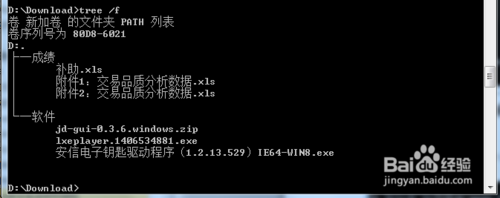
导出生成的文件目录
使用tree /f > tree.txt命令,就可以把生成的文件目录树形结构写入到tree.txt文件中了,tree.txt这个文件名称是可以修改的。打开对应的文件目录,就可以看到多了一个tree.txt的文件,其中tree文件里面的内容,和屏幕输出的内容是一致的,以后就可以使用tree命令来生成文件目录的树形结构了。



为了方便大家,我把这个命令在网盘里面备份了一个:http://ma6174.ys168.com/ ,在linux软件目录下面,大家可以下载到U盘上,万一电脑没联网也能用!用法很简单,转到tree这个文件所在目录,用 ./tree 这个命令运行,参数一样的。




